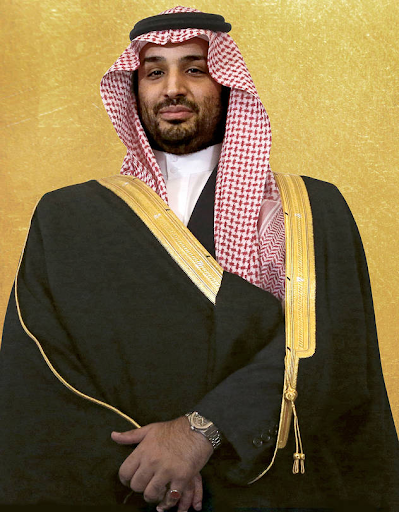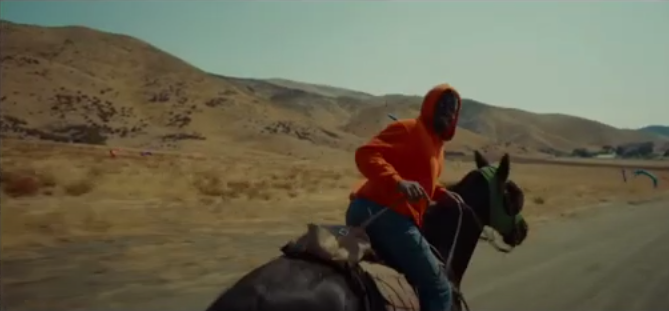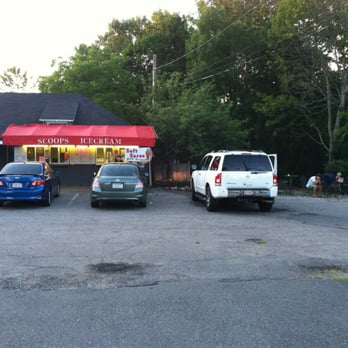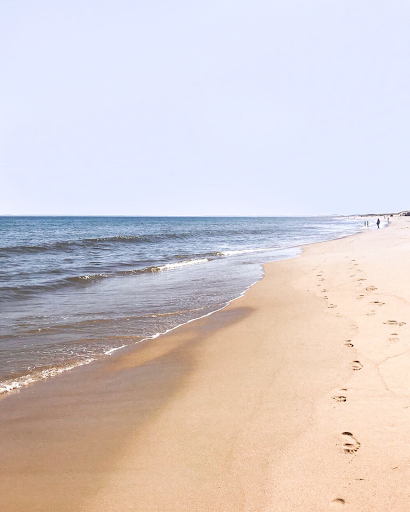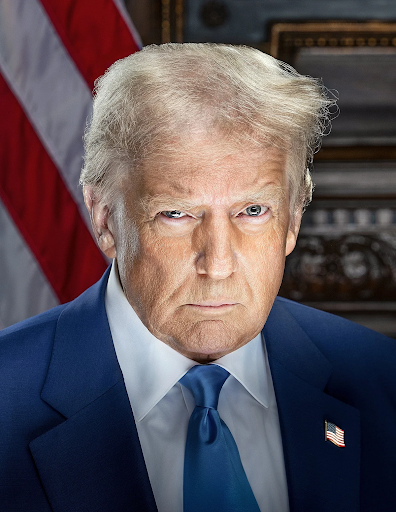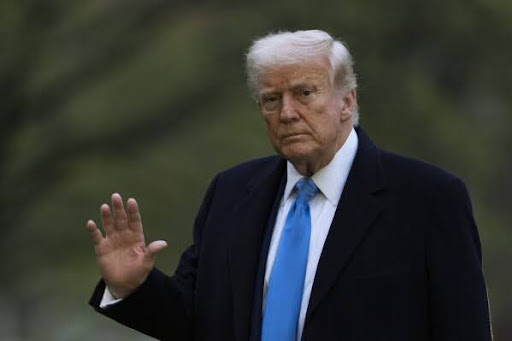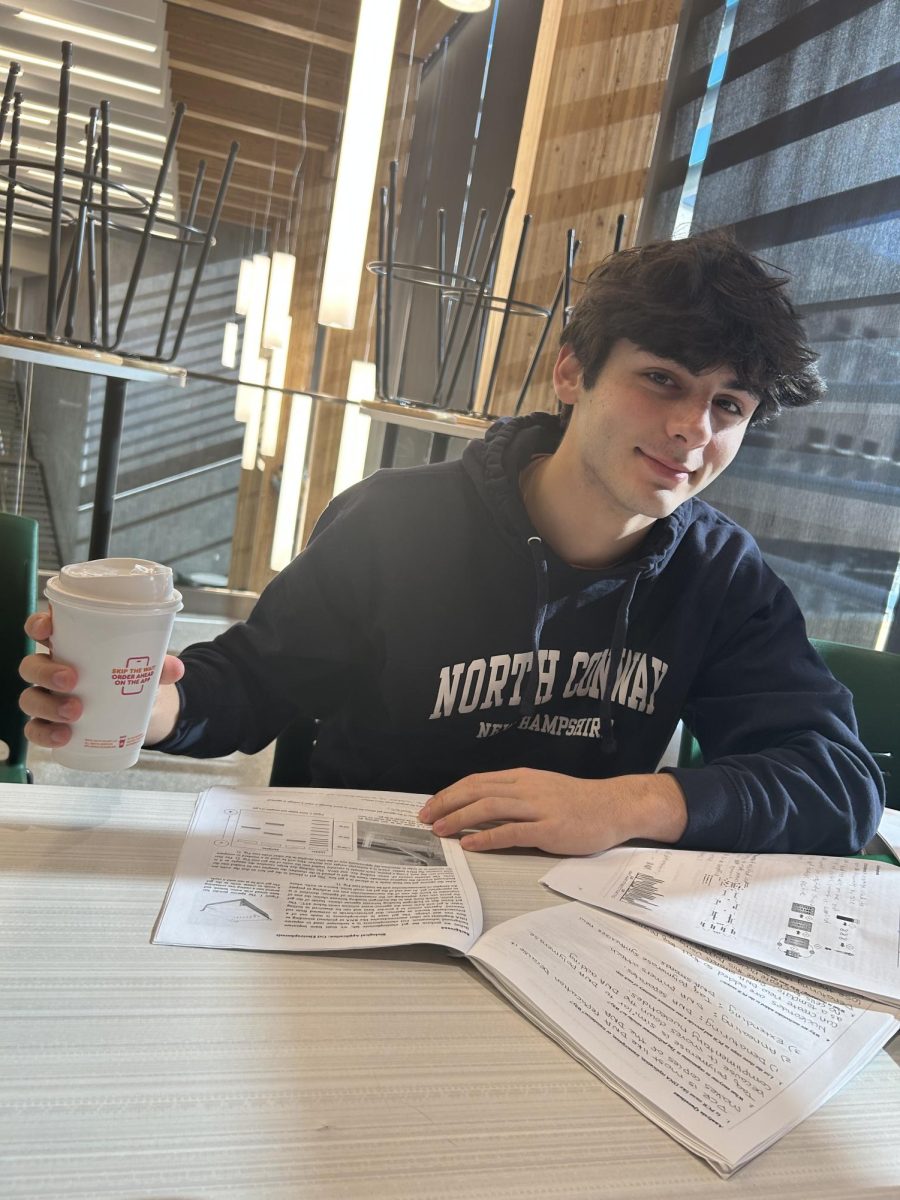The crown prince of Saudi Arabia, Mohammed Bin Salman Al Saud, became the crown prince in 2017. Since he gained his position, he has announced the construction of several mega projects, including new cities and tourist attractions. These projects are designed to diversify the economy away from oil, which currently makes up a majority of their GDP and fiscal revenue. These projects, all under the name of “Vision 2030”, are aimed to be completed by 2030. These projects are estimated to cost a total of $870 billion. There are five regions in which construction is taking place, including “The Line”, “Trojena”, “Sindalah”, “Oxagon”, and “Gulf of Aqaba.”

https://www.dailysabah.com/gallery/what-is-the-line-a-sneak-peek-at-saudi-arabias-linear-megacity/images?gallery_image=101799
The Line
This is the biggest and most expensive project that is being undertaken is The Line. The Line will be a mega city that is condensed into a singular building. The Line is a structure that will be 106 miles long and 1,640 feet high and can house up to nine million people. The city will be run on 100% renewable energy and will have no cars or other carbon-producing modes of transportation. There is a high-speed rail that runs through the city and can go from one end of the city to another in only twenty minutes. In addition, from any of the homes, there are stores to get essentials within a five-minute walk. Although Saudi Arabia was once restricted to non-religious travel, The Line is aiming to attract 100 million visitors in the first year upon completion.
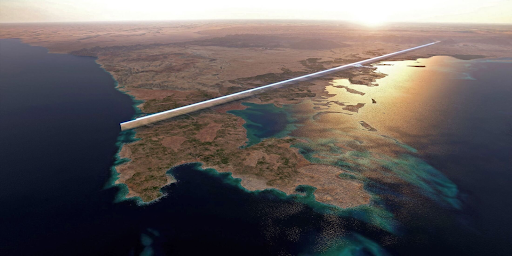
Trojena

Trojena is located in the mountains of Saudi Arabia, and it includes a ski resort, as well as several buildings and resorts incorporated into the mountains.
Sindalah
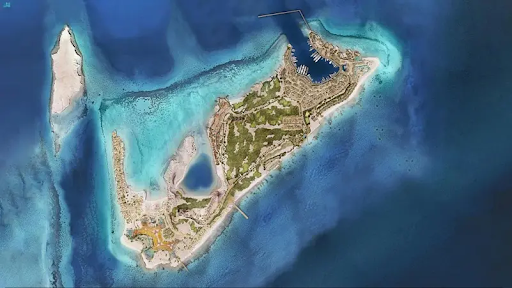
Sindalah will be a modern luxury island vacation destination in the Red Sea. It will have three high end hotels and is set to have 2,400 visitors a day by 2030.
Oxagon
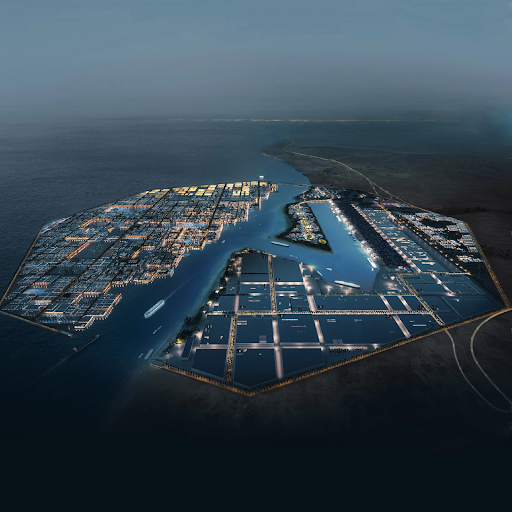
https://www.dezeen.com/2022/12/21/oxagon-floating-port-city-neom-saudi-arabia/
Oxagon is designed to be a floating industrial complex in the shape of an octagon. The Suez Canal is a major waterway in which 13% of the world’s trade passes through. It will have the space for 3.5 million 20×8 cargo units. It will have a positive impact on Saudi Arabia’s supply chain productivity.
Gulf of Aqaba
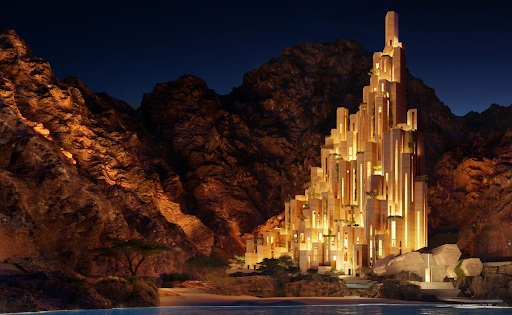
The Gulf of Aqaba region is also located near the Suez Canal. It has six different projects currently being worked on: Aquellum, Norlana, Utamo, Siranna, Epicon, and Leyja. They are all elaborate modern buildings for the purpose of tourism.
Conclusion
Every country in the Middle East has an economy that relies heavily on oil, and Saudi Arabia’s leader is using his enormous fortune to take a step in another direction for the future of Saudi Arabia. Whether a new form of energy overtakes fossil fuels, or the fossil fuels run out, it is not a permanent form of revenue; so Bin Salman is taking responsibility for the future economy of his country. Vision 2030 is an ambitious plan that benefits the future of Saudi Arabia and paves the way for future environmentally friendly projects.

